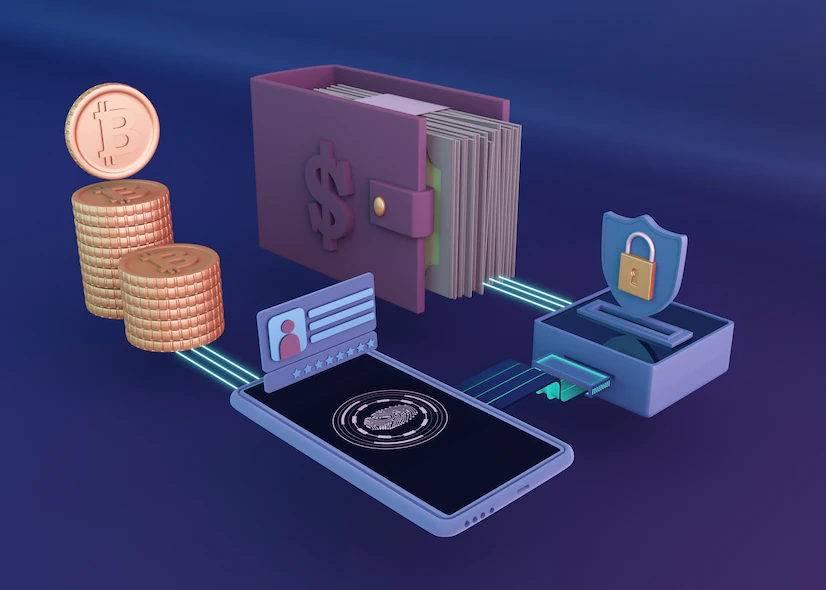A Digital Footprint also referred to as an electronic footprint, is the trace of data that a user leaves behind when browsing the web. It’s like every step you take on the desert of the Internet, leaves an imprint on its sandy surface that is trackable. These digital footprints allow others to see the marks that your activity has made and offer the possibility that they follow your trail.
In the present digital era, we all are well familiar with how web tools work and how efficient they are in tracking an individual’s, location, gender, age, and other demographics based solely on data.
Anything done on the Internet remains permanently there, even if you remove your pictures, posts, or data, some traces are always present that aren’t faded and exist somewhere.
Information shared online and via tracking and trailing the activities and interests of a person it is possible to build an image of him despite being enabling basic privacy setting. Thus, any data or content posted online is probable to get copied/shared/misused, thus, losing control of that information and attracting unwelcoming attention.
Measures to Integrate Successful Digital Transformation Within Your Organization
#Public data: these are social work data, tax returns, addresses on utility bills, credit
card summaries, charges, scholarships, lottery results, and court decisions.
#Data published by others: these are photos, posts from friends, family, clubs, or spaces belonging to social networks.
#Data you generate: posts, comments, photos on social networks and forums. Forms you’ve filled out, content you’ve shared on platforms like your resume, networking profiles, or other content like playlists and favorite videos.
Data shared deliberately by the user act as the active digital footprint like social media posts, online forums data, profile registering, accepting cookies, etc. On the flip, passive digital footprints are created by gathering information from users without making them aware of the fact that their information is being used to create a passive electronic footprint that could be trailed anytime.
This is mainly executed by using the latest tools that deliver insights into user visits on a website, getting their IP address, knowing their geolocation, etc. Also, marketers collect information about the audience by using their likes, shares, and comments to create a specific profile for later use.
What is the Footprint Data Collected For?
The technology for profiling Internet users has become increasingly sophisticated where only a few users realize the value of their footprints and take necessary actions against it.
Companies use this collected data to create “profiles” of users and sell this data to other companies as potential consumers of their products. Furthermore, the data collected through demographics is also put to use in marketing campaigns to drive customer acquisitions and sales.
Internet service providers and the platforms and networks that provide browsing services exchange information on the profiles of their customers and statistics on their transactions.
The footprint data is mostly extensively processed by digital bots that are powered by Artificial Intelligence and Machine Learning that are part of the complex systems where data is collected, shared, and monetized.
With an increase in cybercrime, business data and user privacy are now prone to exploitation which leads to vast and hefty financial losses that are adversely impactful on brands and their reputation.
How to Prevent Leaving Digital Footprints for Malicious Actors?
- The sites tell you that they are collecting data. Decide if the authorizations to
collect cookies that you give to the sites you browse are permanent or
transitory. - Configure the privacy of your social networks so that all your personal
information is not exposed. - Browse in incognito mode
- Configure the Do not Track
- Configure Google alerts so that there is no unnecessary personal data on the
web. - Report those pages that expose personal information without your consent.
- Prefer to use different email addresses for work and personal work to avoid social mishaps
- Turn off location settings on your smart devices and allow them to access your
geographical locale only when necessary - Avoid oversharing on social media and never broadcast your whereabouts with
similar information shared concerning family, friends, and other important
people - Install a security solution for browser protection
- Keep digital setup minimal and remove apps that are not in use and declutter
your devices regularly - Use disposable virtual cards to shield information of the main cards while
making online payments or transactions - Never share passwords or setup weak credentials that are probable of hacking
- Use encrypted and data authentication-enabled applications and software
systems to facilitate communications - Never lose heed on home assistants and other internet-connected devices,
always turn them off when not in use - Businesses unable to manage their security posture should partner with reliable
service providers who are proficient in providing industry-leading IT SecurityServices and solutions.
CodeGlo’s IT security solutions are result-oriented and are designed to secure an organization’s crucial data whether it belongs to the company or its users. Data is the most valuable asset for any enterprise in this world and making it secure and free from risks and vulnerabilities is one of the core functions of our IT Security team.
Allow us to manage your sensitive security operations with ease and utmost care to strengthen business security and minimize risk exposure. To know how we do it, get in touch with our IT pundits now.








